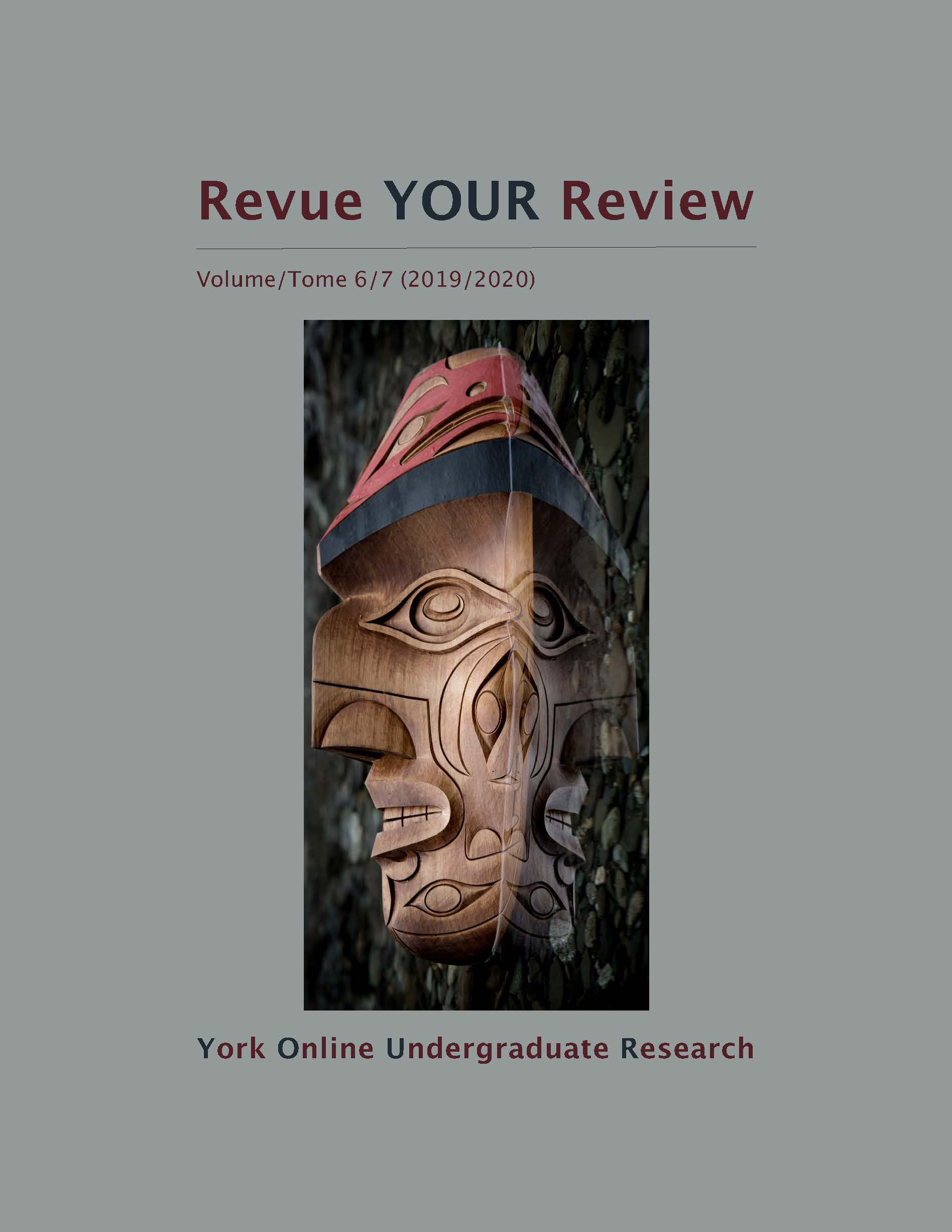Women, Representation, and Electoral Systems
Abstract
This project assesses the gendered implications of Canada’s first-past-the-post electoral system and considers alternatives (alternative voting, proportional representation, and mixed-member representation) for gender representation. Electoral systems directly impact representation in parliament by determining which votes count and by structuring the kinds of issues that are included on the political agenda. Much of the research on women’s representation in government distinguishes between descriptive representation (the number of women elected to office) and substantive representation (the representation of women’s interests on the political agenda). Because the links between descriptive and substantive representation are contested, and because substantive representation is a broad concept, this study argues that substantive representation of women should be conceptualized as the actualization of feminist political goals, one of which is the descriptive representation of women in parliament. The regional focus of majoritarian systems diminishes the relevance of cross-regional political goals, limiting opportunities for discussion of feminist priorities. Additionally, proportional representation consistently correlates with higher numbers of women in office. While many have argued that higher numbers of women in office will lead to improved representation of women’s interests, this study suggests that descriptive and substantive representation of women should be considered as distinct feminist initiatives, and that a proportional representation system is effective for both.
Downloads
Published
How to Cite
Issue
Section
License
LicenseAuthors contributing to Revue YOUR Review agree to release their articles under one of three Creative Commons licenses: Creative Commons Attribution 4.0 International; Creative Commons Attribution-NonCommercial 4.0 International; or Creative Commons Attribution-NoDerivatives 4.0 International. All editorial content, posters, and abstracts on this site are licensed under Creative Commons Attribution-NoDerivatives 4.0 International. For further information about each license, see:
https://creativecommons.org/licenses/
In all cases, authors retain copyright of their work and grant the e-journal right of first publication. Authors are able to enter into other contractual arrangements for the non-exclusive distribution of the e-journal's published version of the article (e.g., post it to an institutional repository or publish it in a book or in another journal), with an acknowledgement of its initial publication in this e-journal.


